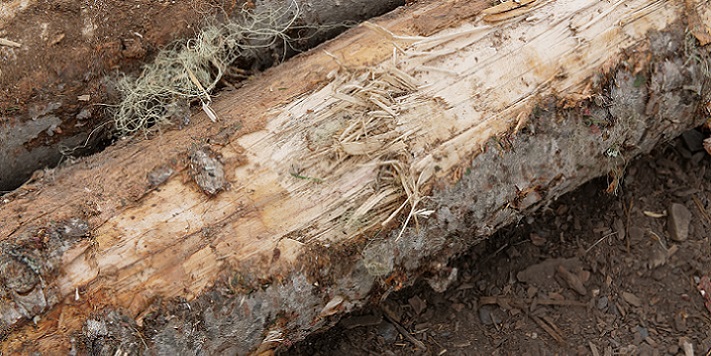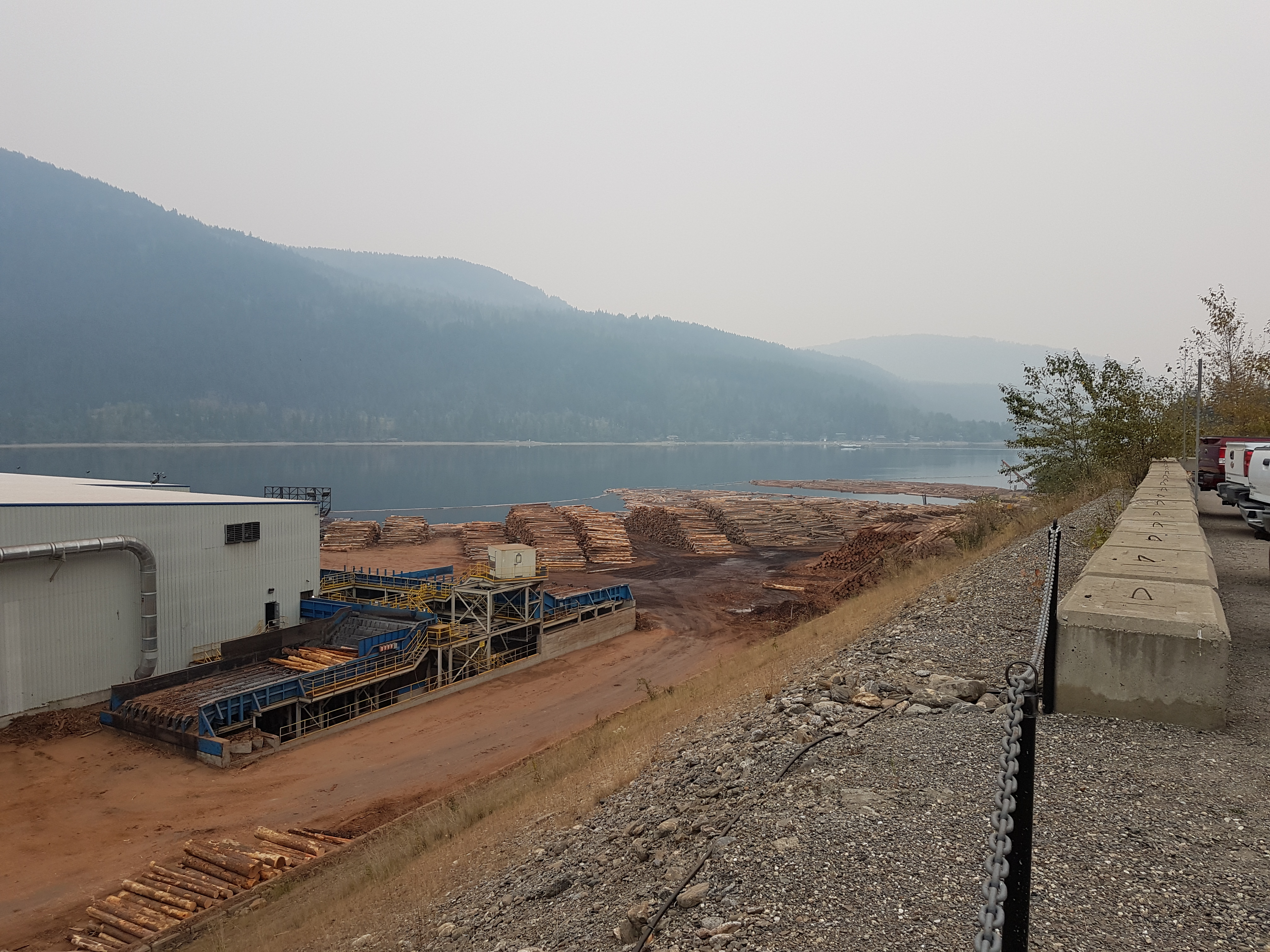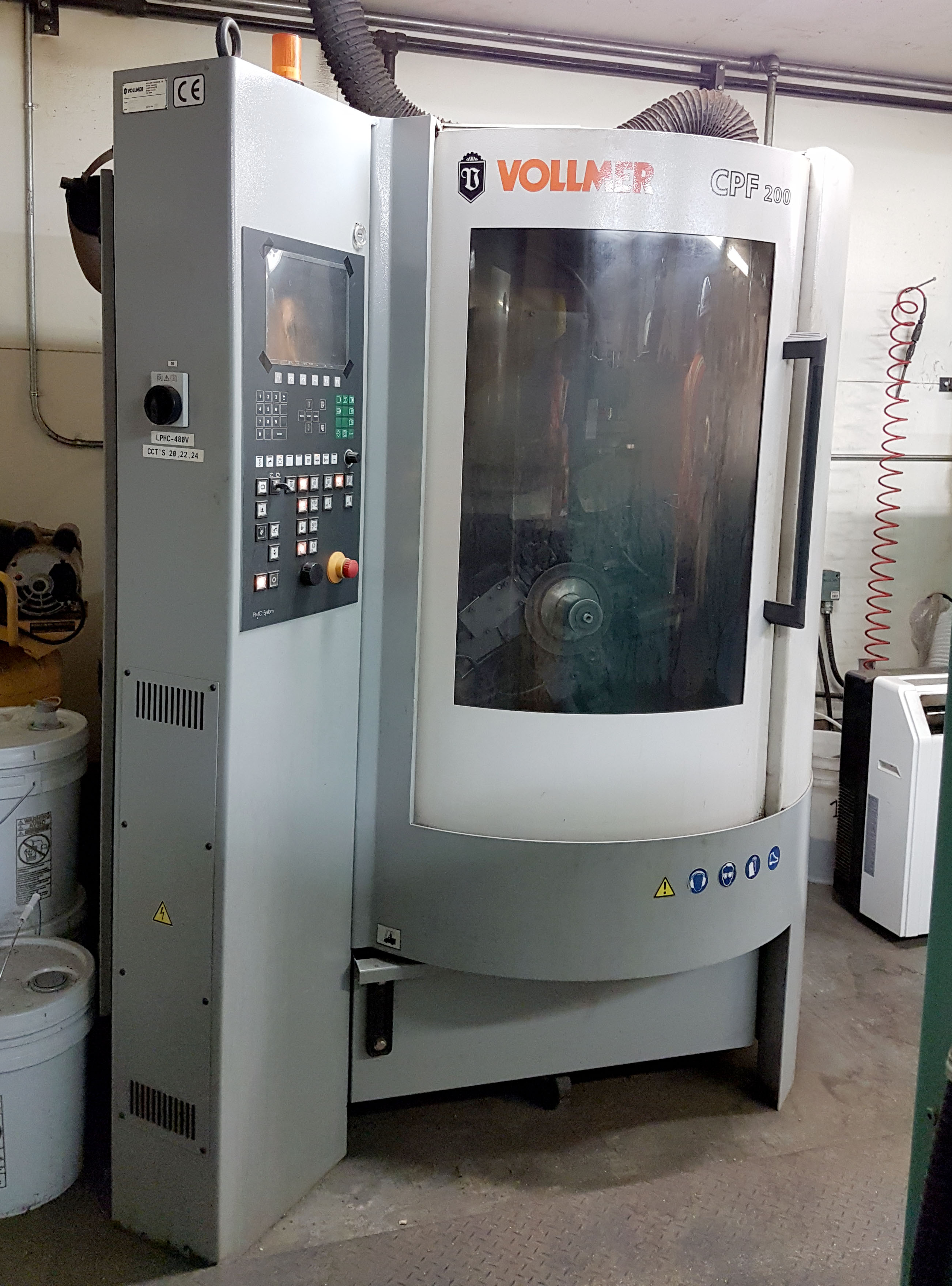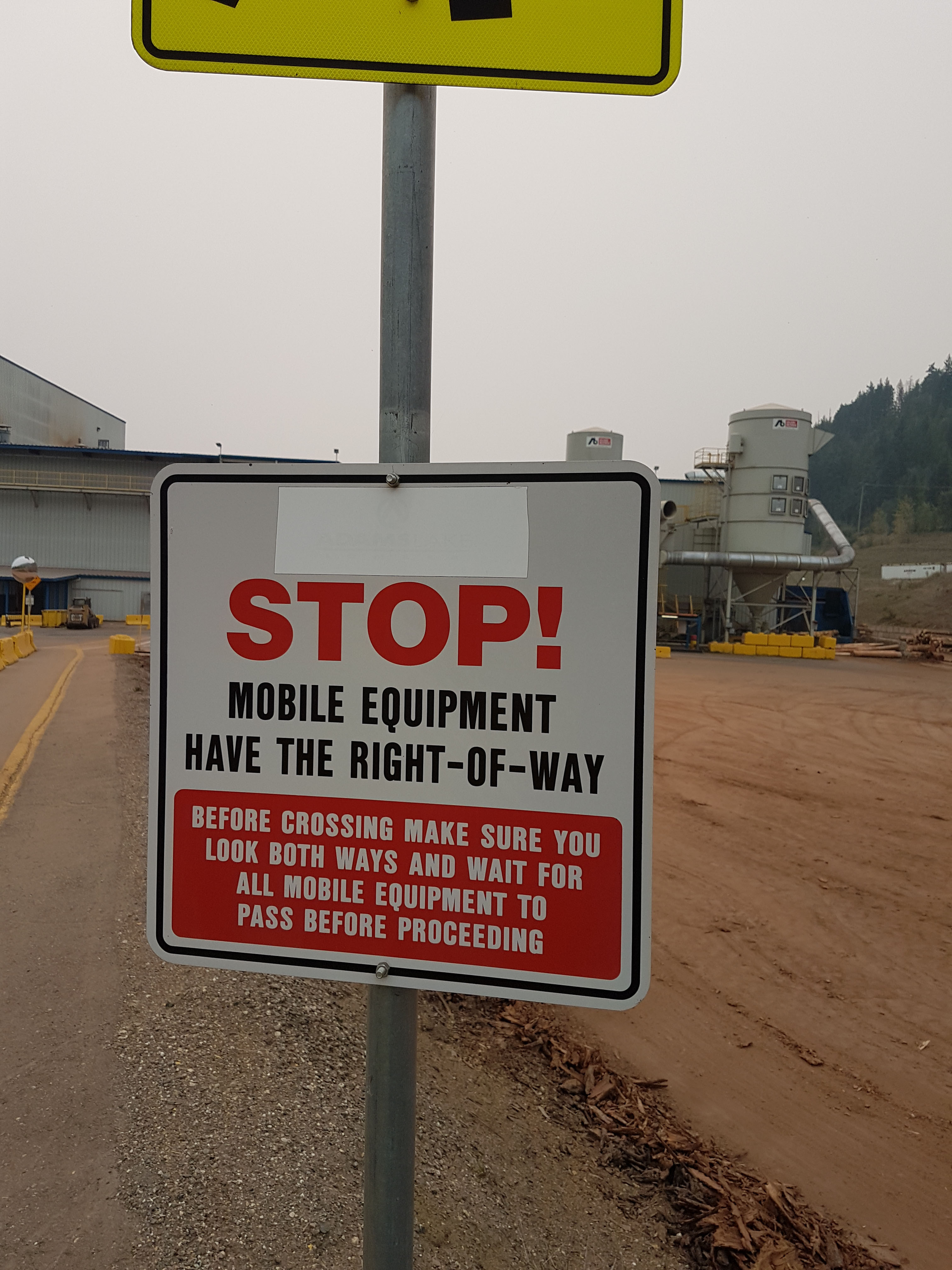Image Slider
This module focusses on quality control practices in all phases of the lumber manufacturing process of a typical sawmill. The basic processes taking place in all phases of lumber production were thoroughly discussed in the Sawmill Technology course.
In this module, we discussed the quality control practices in the manufacturing processes from log yard to trimmer. We have looked at common quality issues with logs and lumber, probable causes for quality issues related to the manufacturing process and measures taken to minimize their occurrence, and impact of quality issues on the operation are few of the topics discussed in this module.



